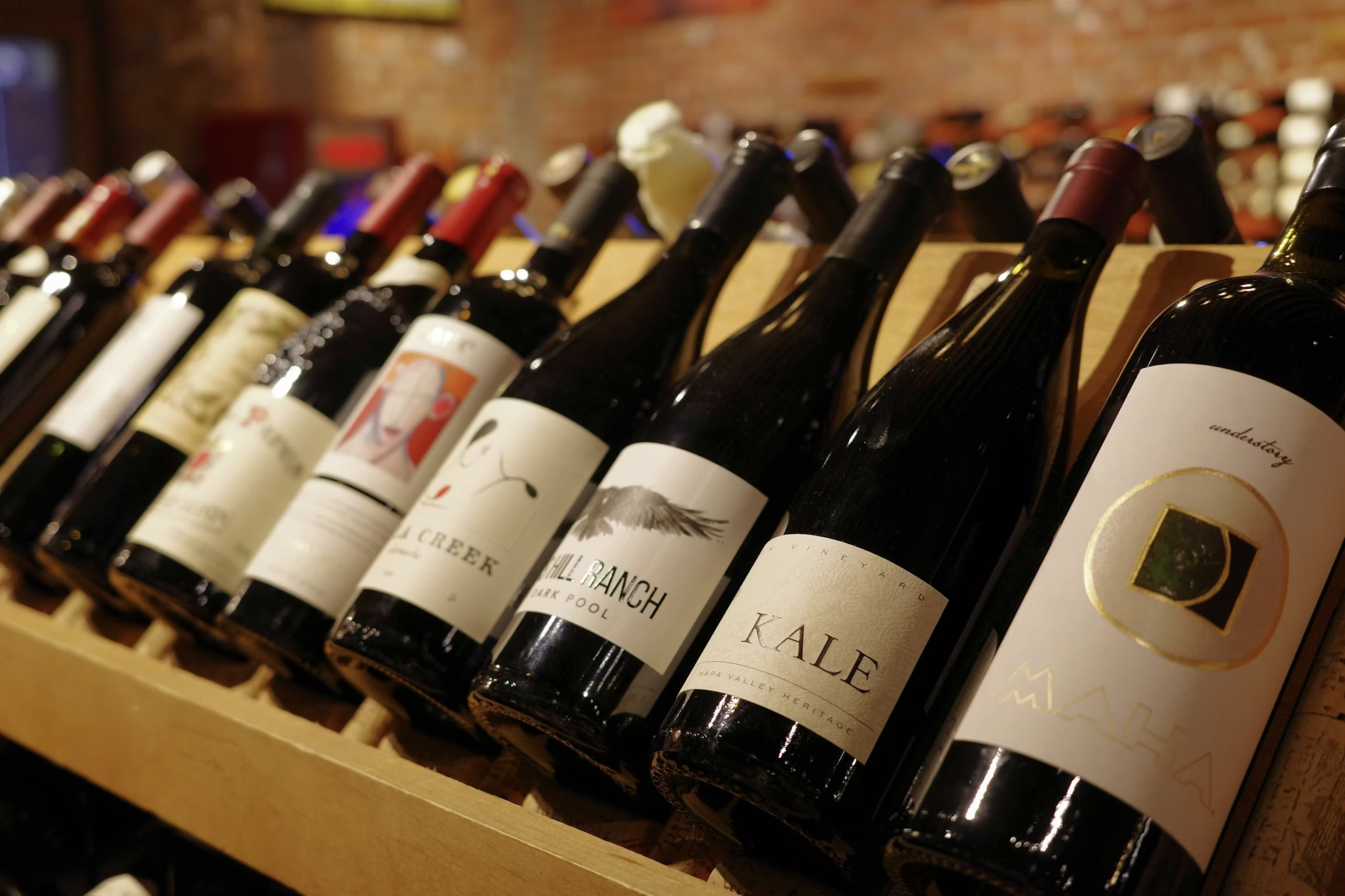Storage Secrets: 7 Ways to Keep Your Wine in Perfect Condition
Wine storage remains an art form mastered by few but attempted by many. After spending two decades advising everyone from private collectors to the occasional contract winery seeking climate control expertise, we’ve witnessed countless bottles sacrificed to improper storage conditions. The tragedy of a prematurely oxidized Burgundy or cooked Bordeaux can be averted with some fundamental knowledge.
Here are seven essential approaches to preserve your liquid investments, whether you’re safeguarding a single special bottle or managing a burgeoning collection:
1. Temperature Consistency Trumps Precision
Wine enthusiasts often fixate on achieving the mythical “perfect” temperature—typically cited as 55°F (13°C). The truth? Consistency matters far more than hitting an exact number.
Wine suffers more from temperature fluctuations than from being stored at 57°F versus 55°F. Rapid temperature changes force the liquid to expand and contract, potentially breaking the seal or accelerating aging.
A dedicated wine refrigerator maintains stability, but even a closet in the center of your home beats that stylish kitchen rack beside your oven.
2. Horizontal Orientation (Usually)
Store most wines horizontally. This keeps the cork hydrated, maintaining its seal and slowing oxidation. The science is straightforward: wet cork equals tight seal equals happy wine.
This rule does have some exceptions—sparkling wines can stand upright for short periods, and those increasingly popular screw caps don’t care which way they face. But when in doubt, lay the bottle down.
3. Humidity Management
The ideal humidity for wine storage hovers between 60-70%. Too dry, and corks shrink, allowing oxygen infiltration. Too humid, and you’re running a mold experiment with your labels as the laboratory.
Standard refrigerators maintain very low humidity, another reason why purpose-built wine coolers prove superior for long-term storage. No specialized equipment? Place a small dish of water in your storage area, checking periodically to maintain moisture without creating a fungal paradise.
4. Light Protection
UV rays are wine’s silent destroyers, breaking down compounds and triggering unwanted chemical reactions—particularly in lighter bottles that offer minimal protection. This phenomenon, called “light strike,” can transform a delicate Provençal rosé into something resembling wet cardboard within hours of sun exposure.
Store bottles in darkness or, at minimum, away from direct sunlight and fluorescent lighting, both notorious for UV emission.
5. Vibration Minimization
Wine appreciates stillness.
Constant vibration—whether from nearby appliances, sound systems, or high-traffic areas—disturbs the sediment and potentially accelerates unwanted chemical reactions.
The molecular dance happening inside aging wine proceeds best without external choreography. So keep your bottles away from washing machines, subwoofers, and enthusiastic toddlers.
6. Odor-Free Environment
Cork breathes minutely, allowing trace amounts of air to interact with the wine—an essential part of proper aging. This permeability becomes problematic when surrounding air carries strong odors.
Paint, cleaning chemicals, cooking smells, and even the general ambience of a musty basement can infiltrate wine through the cork over time. That distinctive “basement bouquet” isn’t a delightful quirk of aged wine but a storage flaw.
7. Inventory Management Systems
The final element of proper storage transcends physical conditions—it’s knowing what you have and when to drink it. Even perfectly stored wine becomes imperfect when consumed past its prime.
Create a simple tracking system noting purchase dates, drinking windows, and storage locations. Digital apps offer sophisticated solutions, but even a basic spreadsheet saves more wine than fancy temperature controls.
Wine forgives many sins, but has little tolerance for poor storage. Each bottle represents a specific moment in agricultural history—a combination of soil, climate, and human intervention never to be precisely replicated. Proper storage preserves this liquid time capsule, allowing it to reach its intended expression.




